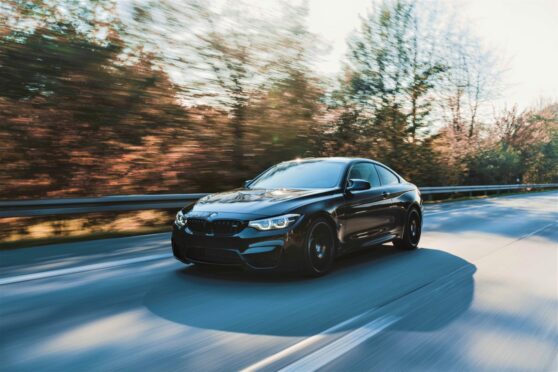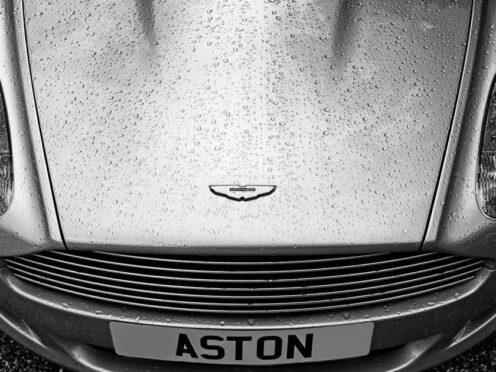A recent survey has shown that Gen Z (born 1997-2012) is more likely to buy a luxury vehicle than any other age group, with BMW topping their first choice – and first purchase – car.
According to the research by Heritage Car Insurance, Gen Z is most likely to have a first car that could be considered luxurious, and signals an end to the time where first cars were often old bangers or hand-me-down vehicles from family.
BMW is Gen Z’s top choice
Almost 1 in 6 Gen Zers had a BMW as a first car, with 1 in 12 saying they had an Audi for their first vehicle. In addition, a recent report by CDK Global showed that 39% Gen Z classified their first vehicle as a luxury model.
The top five Gen Z first cars were BMW (14%), Ford (12%), Vauxhall (8%), Audi (8%) and Volkswagen (7%).
However, with 2030 drawing a line in the sand for new petrol and diesel car production, will an environmentally conscious generation of first-time drivers be able to weigh up that cost against the option of driving an older combustion-engined car, that might still be clean air zone exempt and cheaper to acquire?
If electric or hybrid vehicles are going to be the first cars of choice then there will need to be a decent second-hand supply to make this viable
Andy McDonald, underwriting manager at Heritage Car Insurance, said: “Young new drivers now are favouring more prestige brands like BMW and Audi, though Ford continues to hold its own as a solid choice..
“We’re seeing a growing young crowd of classic car enthusiasts too, who won’t want to see those older models fall by the wayside.
“At the moment, first-time drivers age8-24 vastly favour second-hand cars over new. If electric or hybrid vehicles are going to be the first cars of choice (or necessity), then there will need to be a decent second-hand supply to make this viable.
“Plus, there is the ongoing challenge of the cost of car insurance for new or young drivers. Insuring electric vehicles is still an area insurers and brokers are adapting into, and it remains to be seen whether this will become more affordable over time.”










